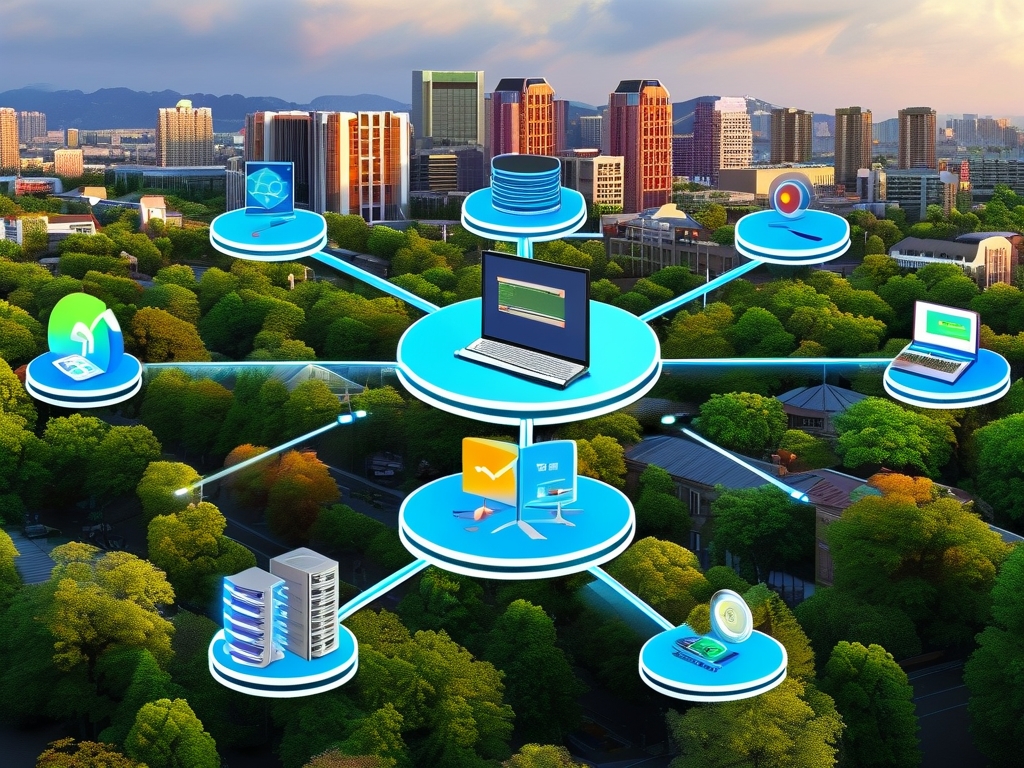Modern distributed systems rely heavily on load balancing technologies to optimize resource utilization, enhance performance, and ensure high availability. As digital infrastructure grows in complexity, the evolution of load balancing methods has become critical for managing traffic across servers, applications, and cloud environments. This article explores the key load balancing techniques in use today, their mechanisms, and practical applications.

Hardware-Based Load Balancers
Traditional hardware load balancers, such as those offered by F5 Networks, remain prevalent in enterprise environments. These devices operate at the network layer (Layer 4) or application layer (Layer 7) to distribute traffic based on predefined rules. For example, a Layer 7 hardware balancer can route HTTP requests to specific backend servers by analyzing URL paths or cookies. While robust and reliable, these solutions often involve high upfront costs and limited flexibility compared to software-defined alternatives.
Software-Defined Load Balancing
Software load balancers like NGINX and HAProxy have gained traction due to their adaptability and cost-effectiveness. These tools run on standard servers or virtual machines, enabling dynamic traffic management. A common implementation involves using HAProxy to distribute database queries across multiple replicas based on real-time server health metrics. The rise of containerized environments has further popularized lightweight solutions such as Traefik, which integrates seamlessly with Kubernetes to manage ingress traffic.
DNS Load Balancing
DNS-based load balancing distributes requests by resolving domain names to multiple IP addresses in a rotating order. This method is simple to deploy and works well for global traffic distribution. For instance, a multinational company might configure DNS records to direct European users to servers in Frankfurt while routing Asian traffic to Singapore. However, DNS caching and latency issues can reduce its effectiveness for real-time adjustments.
Cloud-Native Solutions
Public cloud providers offer built-in load balancing services tailored for scalable architectures. AWS Elastic Load Balancing (ELB), Google Cloud’s Global Load Balancer, and Azure Traffic Manager automatically adjust to fluctuating workloads. These services support hybrid configurations, such as routing traffic between on-premises servers and cloud instances. A practical use case involves an e-commerce platform using AWS ALB (Application Load Balancer) to handle Black Friday traffic spikes by scaling backend instances horizontally.
Global Server Load Balancing (GSLB)
GSLB extends traditional load balancing across geographically dispersed data centers. It uses real-time metrics like latency, server health, and proximity to route users to the optimal location. Organizations with a global footprint, such as streaming platforms, leverage GSLB to minimize buffering by directing viewers to the nearest content delivery network (CDN) node.
Emerging Trends: AI-Driven Balancing
Recent advancements incorporate machine learning to predict traffic patterns and optimize routing dynamically. AI algorithms analyze historical data to anticipate surges, such as video conferencing demand during peak hours, and preemptively allocate resources. Startups like Volterra (now part of F5) are experimenting with intent-based load balancing, where policies adapt automatically to meet service-level agreements (SLAs).
Challenges and Considerations
While load balancing technologies offer significant benefits, challenges persist. Configuring sticky sessions for stateful applications requires careful planning to avoid data inconsistency. Security is another concern—Layer 7 balancers must integrate with Web Application Firewalls (WAFs) to mitigate DDoS attacks. Additionally, over-reliance on a single vendor’s ecosystem can lead to lock-in, prompting many teams to adopt multi-cloud strategies with interoperable tools.
In , the choice of load balancing technology depends on factors like scalability needs, budget, and infrastructure complexity. Hybrid approaches combining hardware, software, and cloud services are increasingly common, reflecting the diverse demands of modern IT environments. As edge computing and 5G networks expand, next-generation load balancers will likely focus on ultra-low latency and decentralized decision-making.









